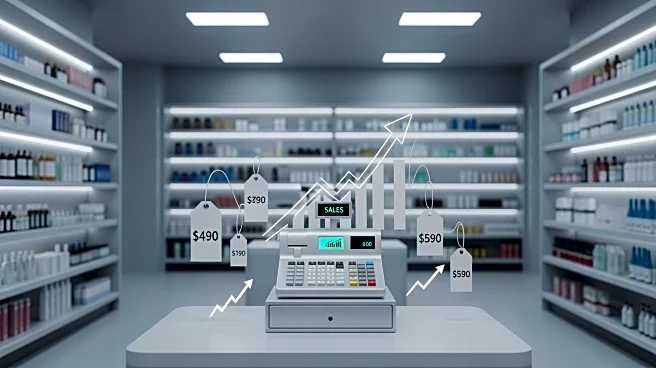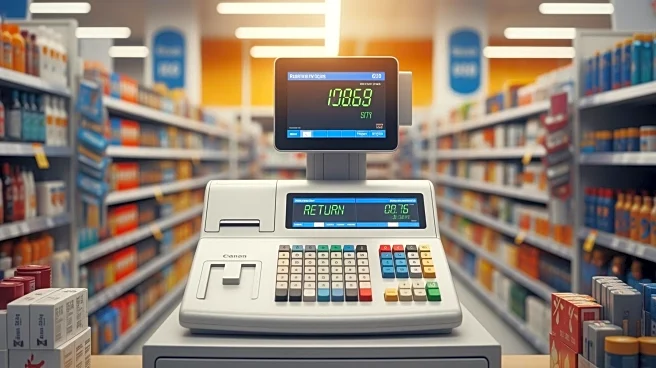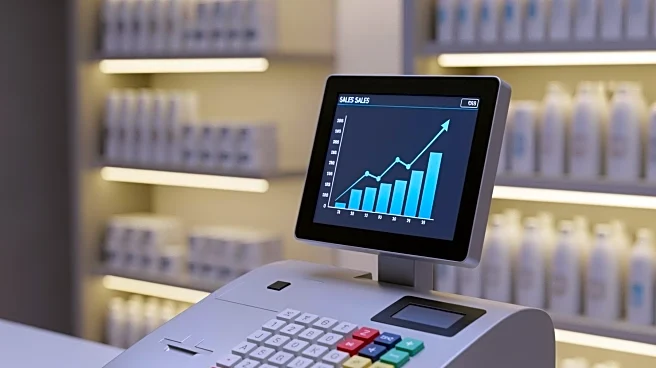What's Happening?
The National Retail Federation (NRF) has released its annual consumer survey, predicting a slight decrease in holiday spending for 2025. The survey, conducted by Prosper Insights & Analytics, indicates
that per-consumer spending will average $890.49, a 1.3% drop from the 2024 record high of $901.99. Despite concerns over President Trump's tariffs, which 85% of shoppers believe will lead to higher prices, the 2025 average remains the second-highest in the survey's 23-year history. Katherine Cullen, VP of Industry and Consumer Insights for the NRF, noted that Americans continue to prioritize holiday spending on loved ones despite economic uncertainty. Families with children are expected to increase their gift budgets by over $30 on average. The NRF survey also highlights that 42% of consumers plan to start shopping before November, while 63% will wait until Thanksgiving weekend for major promotions.
Why It's Important?
The NRF's forecast is significant as it reflects consumer sentiment amid ongoing economic challenges, including tariffs and fluctuating retail sales. The slight dip in spending suggests resilience in consumer behavior, with families prioritizing holiday celebrations. Retailers are likely to benefit from early shopping trends and increased spending by families with children. The data also indicates a strong preference for online shopping, which could impact brick-and-mortar stores. The survey's insights into consumer behavior can help retailers strategize their promotions and inventory management to maximize sales during the holiday season.
What's Next?
Retailers are expected to ramp up their promotional activities to attract early shoppers and capitalize on the anticipated spending increase by families with children. The NRF's survey suggests that consumers are likely to seek out sale events, prompting retailers to offer competitive deals and value propositions. As the holiday season approaches, retailers may focus on enhancing their online shopping platforms to cater to the 55% of consumers planning digital purchases. The impact of tariffs on prices will continue to be a concern, potentially influencing consumer spending patterns and retailer pricing strategies.











